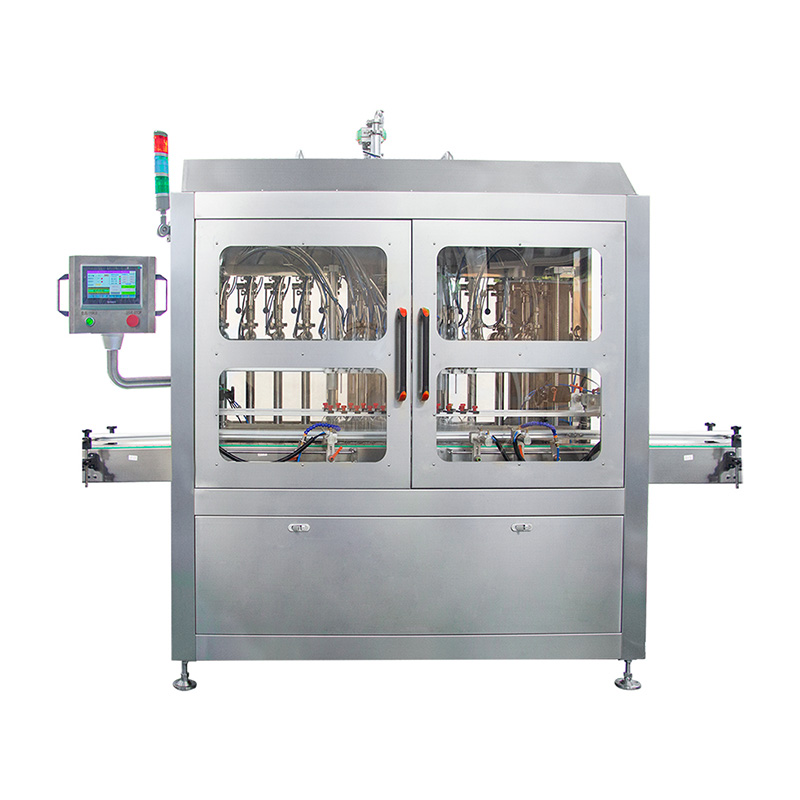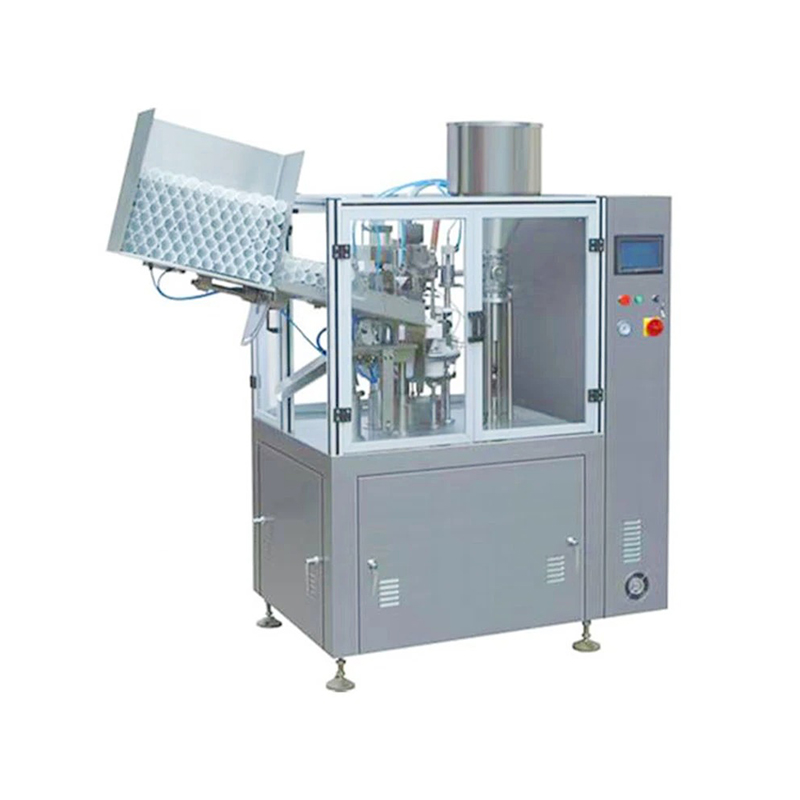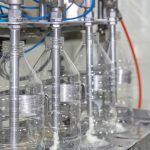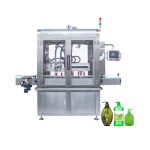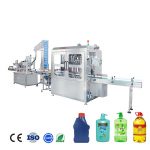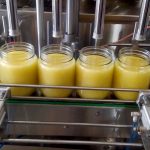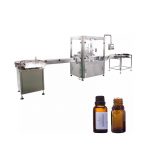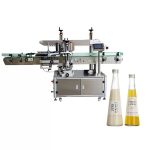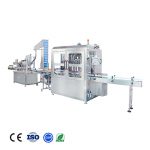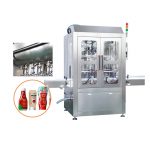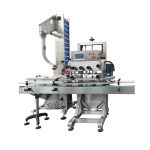What is a lotion filling machine?
A lotion filling machine is a type of equipment used to fill containers with lotions and other similar products. These machines are commonly used in the cosmetics and personal care industries to package products such as creams, lotions, gels, and other viscous liquids.
Lotion filling machines typically consist of a hopper that holds the product, a filling nozzle that dispenses the product into the container, and a control panel that allows the operator to set the filling volume and other parameters. Some machines also have additional features such as capping and labeling stations, as well as temperature and humidity controls to ensure the quality of the product.
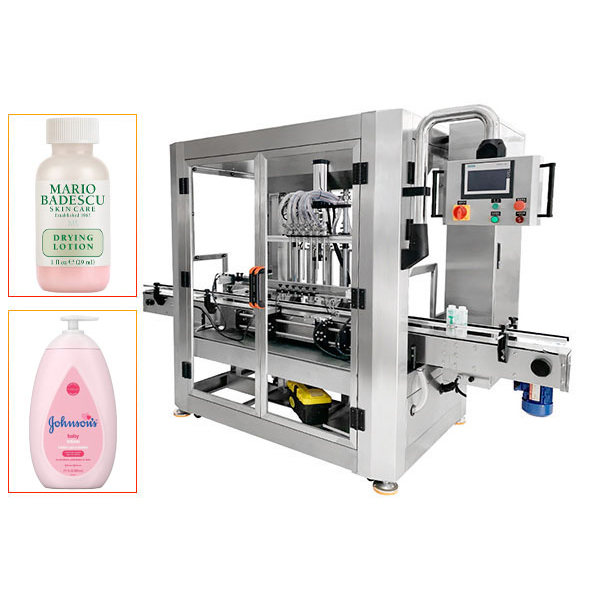
There are several different types of lotion filling machines available, including manual, semi-automatic, and fully automatic models. The type of machine that is best suited for a particular application will depend on the size and complexity of the filling process, as well as the volume of product that needs to be produced.
What is lotion?
Lotion is a type of topical skin care product that is typically applied to the skin to moisturize and soften it. It is usually made up of a mixture of water, oils, and other ingredients that are designed to nourish and protect the skin.
Lotions are typically applied to the skin by hand and are usually lighter and more easily absorbed than creams or ointments. They are often used to treat dry or dehydrated skin, as well as to soothe and calm irritated skin. Some lotions may also contain ingredients that provide additional benefits, such as sun protection or anti-aging properties.
Lotions are available in a wide range of formulations and are suitable for use on all skin types. They are often used as a daily skin care routine to keep the skin hydrated and healthy, and can be applied to specific areas of the body or to the entire body.
What are the common packaging lotion containers?
There are many different types of packaging containers that can be used for lotions and other topical skin care products. Some common options include:
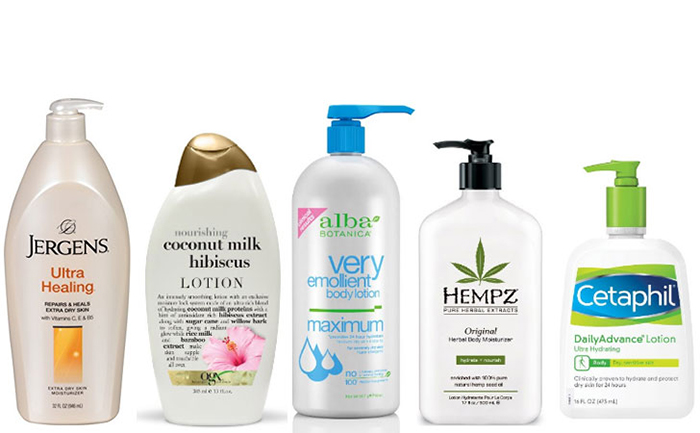
- Plastic bottles: Plastic bottles are a popular choice for lotion packaging because they are lightweight, durable, and relatively inexpensive. They can be made from a variety of materials, including HDPE (high-density polyethylene), PET (polyethylene terephthalate), and PVC (polyvinyl chloride).
- Glass bottles: Glass bottles are a more traditional packaging option for lotions and other skin care products. They are typically made from clear or amber-colored glass and can be fitted with various types of closures, such as screw-on caps or pumps.
- Tubes: Tubes are another common packaging option for lotions and other viscous products. They are made from flexible materials such as plastic or aluminum and can be squeezed to dispense the product.
- Jars: Jars are typically used for thicker products, such as creams or ointments. They can be made from glass or plastic and are often fitted with a screw-on lid or a flip-top cap.
- Sachets: Sachets are small, single-use packets that are commonly used for travel-sized or sample-sized products. They are made from a variety of materials, including foil, paper, and plastic, and can be shaped in a variety of ways.
Ultimately, the choice of packaging container will depend on the specific requirements of the product, including its viscosity, shelf life, and intended use.
How to choose lotion filling machine?
There are several factors to consider when choosing a lotion filling machine:
- Production volume: The first thing to consider is the production volume of the machine. This will determine the size and capacity of the machine, as well as the overall cost. If you only need a small amount of product, a manual or semi-automatic machine may be sufficient. However, if you need to produce a large volume of product, you may need a fully automatic machine.
- Container size and shape: It is important to choose a machine that is compatible with the size and shape of the containers you will be using. This will ensure that the filling process is accurate and efficient.
- Product viscosity: The viscosity of the product will also influence the type of machine you choose. Thicker products may require a machine with a more powerful pump or a longer filling nozzle to ensure accurate filling.
- Additional features: Some machines may come with additional features such as capping and labeling stations, temperature and humidity controls, or cleaning and maintenance systems. These features can be useful, but they may also increase the cost of the machine.
- Budget: It is important to consider your budget when choosing a lotion filling machine. Determine how much you are willing to spend and look for a machine that meets your needs within that budget.
- Reputation and reliability: It is also important to choose a machine from a reputable manufacturer with a proven track record of reliability. This will ensure that the machine is well-built and will function properly for a long time.
What are the types of lotion filling machine?
There are several types of lotion filling machines that are commonly used in the cosmetics, pharmaceutical, and personal care industries. These include:
- Piston fillers: These machines use a piston or a diaphragm to dispense the product into a container. They are typically used for thicker products like lotions and creams.
- Volumetric fillers: These machines dispense a specific volume of product into each container. They are often used for products with a consistent viscosity, like lotions.
- Gravity fillers: These machines use gravity to dispense the product into the container. They are typically used for lighter products with a lower viscosity, like water-based lotions.
- Net weight fillers: These machines dispense the product into the container until it reaches a specific weight. They are often used for products with a consistent viscosity, like lotions.
How does the lotion filling machine work?
Lotion filling machines work by dispensing a specific volume or weight of product into containers. The basic process usually involves the following steps:
- The containers are placed onto the filling machine's filling platform or conveyor belt.
- The filling machine is then loaded with the product that needs to be dispensed.
- The machine is then activated, and the product is dispensed into the containers using a variety of filling methods, such as piston filling, volumetric filling, or gravity filling.
- The filled containers are then sealed and labeled, if necessary.
- The filled and sealed containers are then typically packaged and shipped to their final destination.
The specific details of how the filling machine works will depend on the type of machine being used and the specific product being dispensed. Some machines may have additional features, such as capping or labeling stations, or may be designed to handle different types of containers.
What are the components of lotion filler?
The components of a lotion filling machine will vary depending on the specific type of machine and the features it offers. However, most lotion filling machines will have some or all of the following components:
- Filling nozzle: This is the part of the machine that dispenses the product into the container. The type of filling nozzle will depend on the specific filling method being used, such as a piston, diaphragm, or gravity fill system.
- Container handling system: This is the part of the machine that holds and positions the containers for filling. This can be a conveyor belt, a filling platform, or a separate container handling system.
- Product hopper: This is a large container that holds the product that needs to be dispensed. The product is typically gravity fed from the hopper into the filling nozzle.
- Control panel: This is the part of the machine that allows the operator to control and adjust the machine's settings and operation.
- PLC (Programmable Logic Controller): This is an electronic system that controls the machine's operation and helps ensure accurate filling and consistent production.
- Sensors: These are devices that measure and detect various parameters, such as the level of product in the hopper or the position of the containers on the filling platform.
- Safety guards and interlocks: These are safety features that help protect the operator and prevent accidents while the machine is in operation.
- Capping and labeling stations: Some machines may have additional stations for capping or labeling the filled containers.
- Conveyor belts: Some machines may have conveyor belts to transport the containers through the filling process.
- Pneumatic and hydraulic systems: These systems may be used to power certain components of the machine, such as the filling nozzle or the container handling system.
What are the advantages of lotion bottling machine?
Lotion filling machines offer several advantages, including:
- Increased productivity: Lotion filling machines are designed to dispense product quickly and accurately, which can significantly increase production speeds compared to manual filling methods.
- Improved accuracy: Lotion filling machines can dispense precise volumes or weights of product, which helps ensure that each container is filled to the desired level and that the product is consistent from one container to the next.
- Reduced waste: Lotion filling machines can help reduce product waste by accurately dispensing the desired amount of product into each container.
- Increased efficiency: Lotion filling machines can operate continuously, which can help increase overall production efficiency.
- Improved safety: Lotion filling machines can help reduce the risk of accidents and injuries associated with manual filling methods, as they are designed to be used by trained operators in a controlled environment.
- Increased consistency: Lotion filling machines can help ensure that the product being dispensed is consistent from one container to the next, which is important for maintaining product quality and customer satisfaction.
- Easy to use: Lotion filling machines are typically easy to operate and require minimal training, making them suitable for use by a wide range of operators.
- Customization: Lotion filling machines can be customized to meet the specific needs of a given application, such as filling different types of containers or handling different viscosities of product.
Customize your lotion filling line
There are several ways to customize a lotion filling line to meet the specific needs of your business:
- Choose the right filling machine: The first step in customizing your lotion filling line is to select a filling machine that is suitable for your needs. Consider factors such as the type and viscosity of the product being filled, the size and shape of the containers, and the desired production speeds.
- Add additional features: Many filling machines offer a range of additional features that can help improve efficiency and performance. For example, you may want to consider adding capping or labeling stations to your filling line, or integrating a conveyor belt to transport containers through the filling process.
- Customize the filling process: The filling process can also be customized to meet the specific needs of your business. This may involve adjusting the filling speed, the volume or weight of product being dispensed, or the type of filling nozzle being used.
- Integrate with other equipment: Your lotion filling line can be integrated with other equipment, such as labeling machines, capping machines, or packaging equipment, to create a seamless production process.
- Use a PLC (Programmable Logic Controller): A PLC can be used to control and monitor the filling process, helping to ensure accurate and consistent filling.
- Invest in training: Proper training is essential for maximizing the efficiency and effectiveness of your lotion filling line. Consider investing in training for your operators to ensure that they are fully trained in the proper use and maintenance of the equipment.

